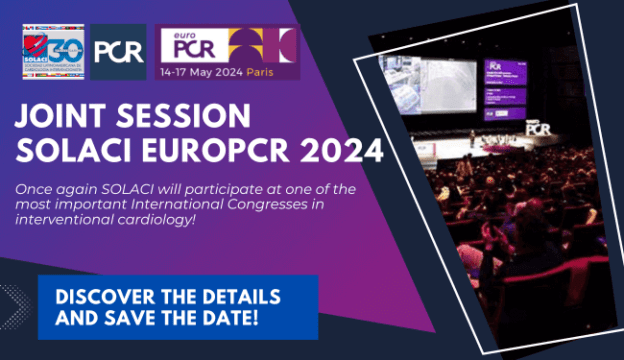It has been observed that the persistence of an opening in the left atrial appendage after percutaneous closure (LAAC) is associated with a higher risk of embolic events. Among the most commonly used devices for left atrial appendage closure are the Watchman FLX and Amulet devices. This study, known as SwissApero, represents the first randomized trial directly comparing these two devices.

The main finding of this study, as revealed by initial angiography follow-up, was that both devices achieved similar sealing at 45 days. This predefined analysis compared patency after left atrial appendage closure and presence of device-related thrombi (DRT) at 13 months of follow-up.
Researchers randomized a total of 221 patients, of which n=84 completed the follow-up with the Amulet device, and n=80 with the Watchman FLX. According to tomographic results at 13 months, left atrial appendage patency was 53.6% in the Amulet group and 48.8% in the Watchman FLX group (hazard ratio [HR], 1.10 [95% confidence interval (CI), 0.81-1.48]; p=0.537). Regarding the presence of DRT, it was recorded as 1.2% in the Amulet group and 1.3% in the Watchman FLX group (HR, 0.95 [95% CI, 0.06-14.97]; p=0.972).
In terms of clinical efficacy, there were no significant differences in the analyzed outcomes, including the composite of cardiovascular death, disabling stroke, or systemic embolism (HR, 0.91 [95% CI, 0.39-2.14]; p=0.829), mortality (HR, 1.19 [95% CI, 0.53-2.66]; p=0.671), or stroke (HR, 0.75 [95% CI, 0.17-3.35]; p=0.706).
Read also: TCT 2023 | The WATCH-TAVR Study.
In summary, the authors conclude that, among patients who underwent percutaneous left atrial appendage closure, both left atrial appendage patency and presence of device-related thrombi were very similar between the two compared groups, and there were no significant differences in the evaluated clinical outcomes.

Dr. Omar Tupayachi.
Member of the Editorial Board of SOLACI.org.
Presented by Roberto Galea in Late-Breaking Clinical Trials at TCT 2023, San Francisco, October 23, 20232023.
Subscribe to our weekly newsletter
Get the latest scientific articles on interventional cardiology





